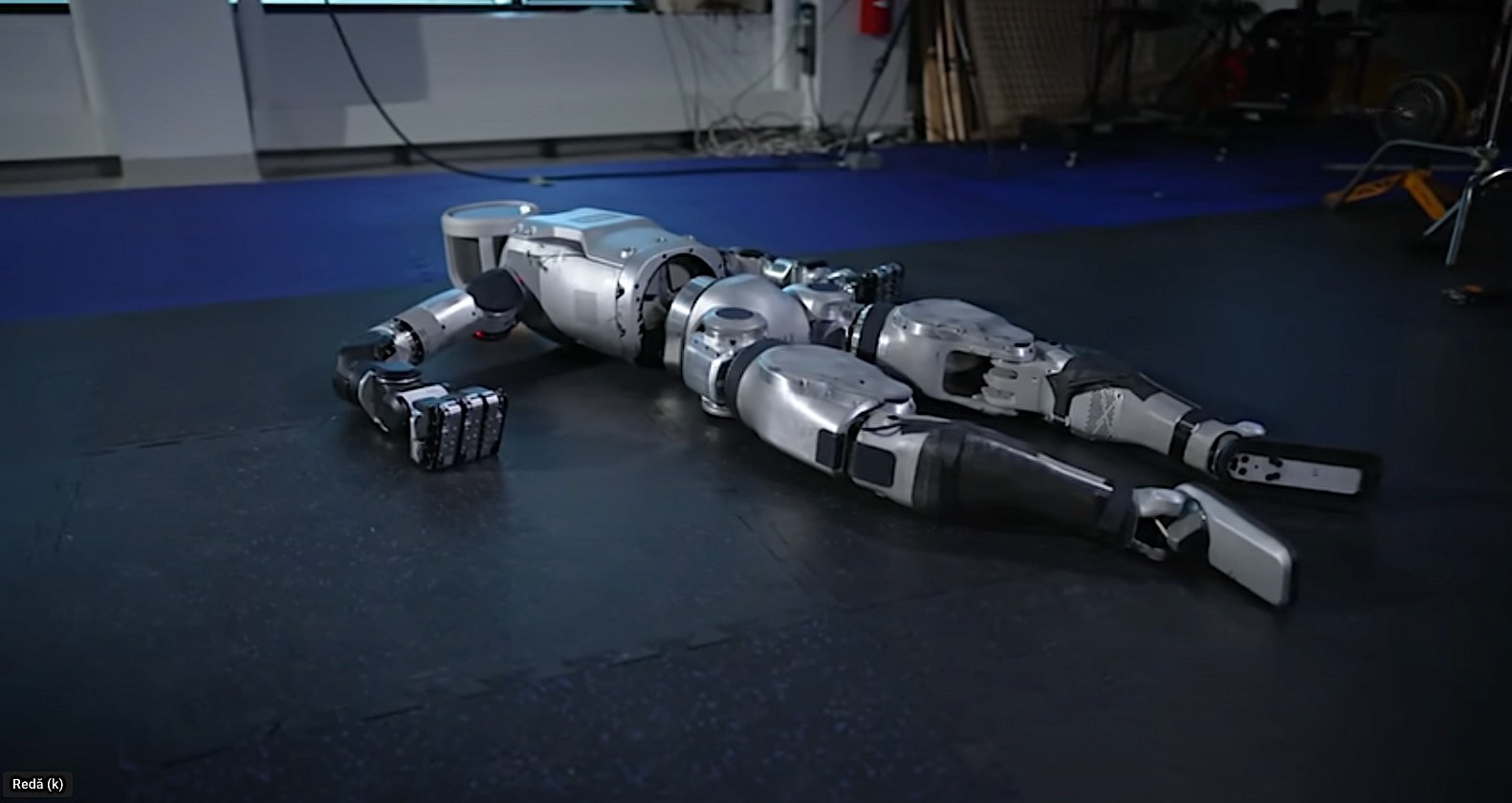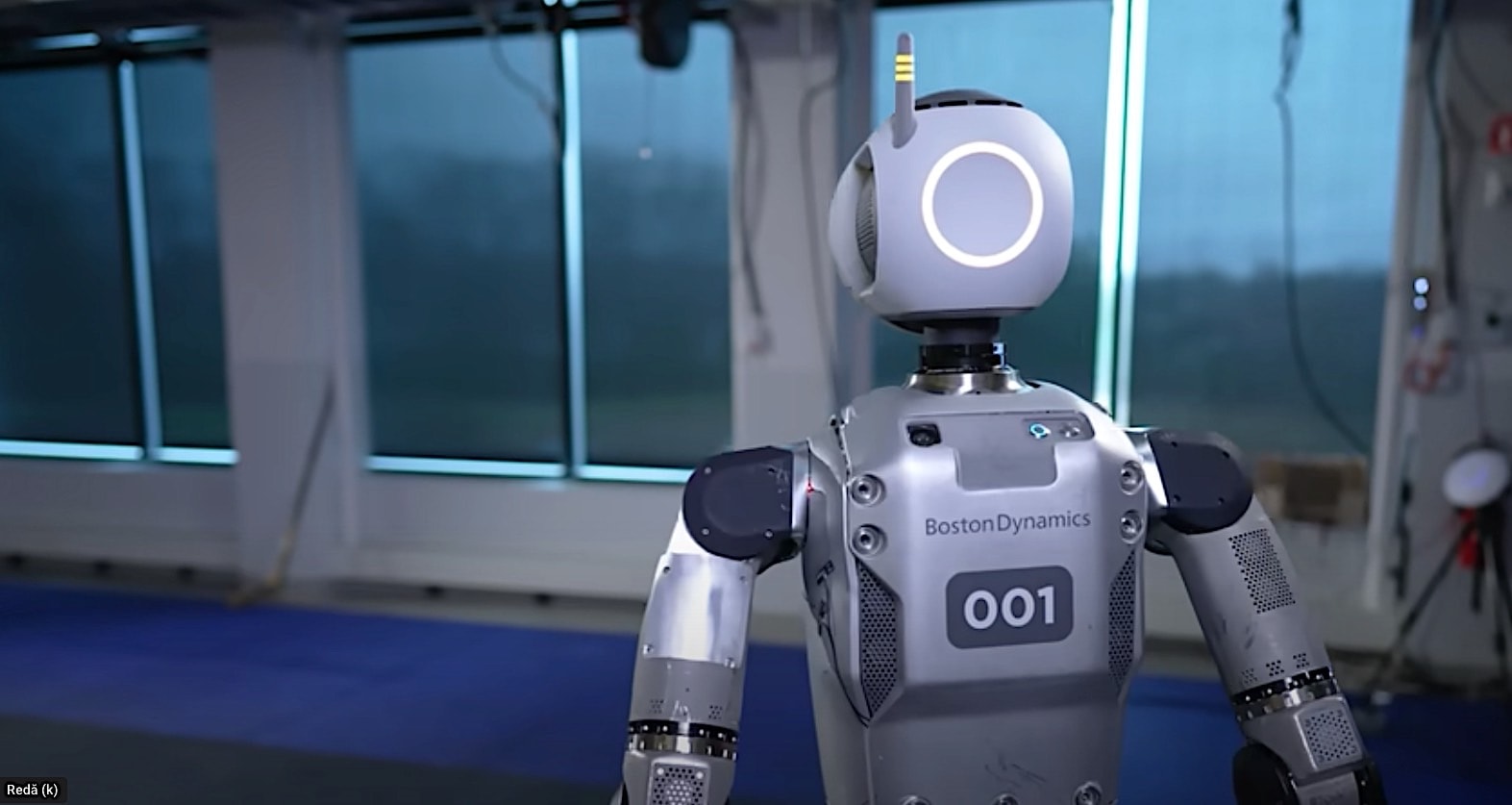The automotive industry is undergoing a profound transformation, with carmakers racing to embrace electric drivetrains and explore alternative mobility solutions like VTOL aircraft and robotics. Toyota, a leading Japanese automaker, is actively involved in all these areas.
Alongside its traditional car manufacturing, the company is investing in VTOL companies like Joby Aviation, collaborating with JAXA on extraterrestrial rovers, and conducting cutting edge robotics research.
One of Toyota’s notable initiatives is the Toyota Research Institute (TRI), dedicated to enhancing quality of life through robotics, AI, and related technologies. TRI has developed Large Behavior Models (LBMs) to improve robot dexterity, and recently partnered with Boston Dynamics to integrate these LBMs into the advanced Atlas robot.

This partnership is significant for several reasons. First, it combines the strengths of two leading robotics companies, with TRI’s expertise in AI and machine learning complementing Boston Dynamics’ advanced humanoid robotics. Second, it accelerates the development of more capable and versatile robots that can perform a wider range of tasks in real world environments.
Third, it demonstrates Toyota’s commitment to pushing the boundaries of robotics research and its potential applications in various industries, from manufacturing and logistics to healthcare and personal assistance.
The integration of TRI’s LBMs into the Atlas robot is expected to enhance its dexterity, balance, and coordination, enabling it to perform more complex tasks such as manipulating objects, challenging terrain, and interacting with humans in a natural way. This could have far reaching implications for the future of robotics, as it could lead to the development of robots that can assist humans in a variety of ways, from performing household chores to providing companionship and care for the elderly and disabled.
Atlas, a bipedal humanoid robot, stands five feet tall and weighs 196 pounds. It is equipped with 28 electrically powered joints, allowing it to move its arms and legs with precision. Its distinctive feature is its round head adorned with a light ring, reminiscent of the Robot from the Lost in Space TV series.
Designed to perform tasks like a human, Atlas can maneuver loads of various shapes and sizes. Boston Dynamics, the company behind Atlas, has partnered with Toyota to further refine the robot’s capabilities. The partnership involves incorporating a learning-based module (LBM) into Atlas, enabling it to perform a multitude of tasks and learn from its interactions with humans.
This collaboration aims to advance our understanding of human robot interaction and the potential applications of humanoid robots in industrial and manufacturing settings. Several other humanoid robots are being developed by various companies, with some already finding applications in industrial settings. Sanctuary AI’s Phoenix is being tested at Canadian Tire, Apptronik’s Apollo is slated for deployment at Mercedes-Benz, and Tesla’s Optimus is eagerly anticipated.

These robots represent a significant step towards integrating humanoids into industrial and manufacturing environments. The development of humanoid robots is driven by the desire to automate tasks that are currently performed by humans, such as assembly, logistics, and inspection.
By incorporating advanced technologies like artificial intelligence and machine learning, these robots can potentially improve efficiency, productivity, and safety in various industries. However, challenges such as cost, reliability, and ethical considerations must be addressed before humanoid robots can become fully integrated into the workforce.

